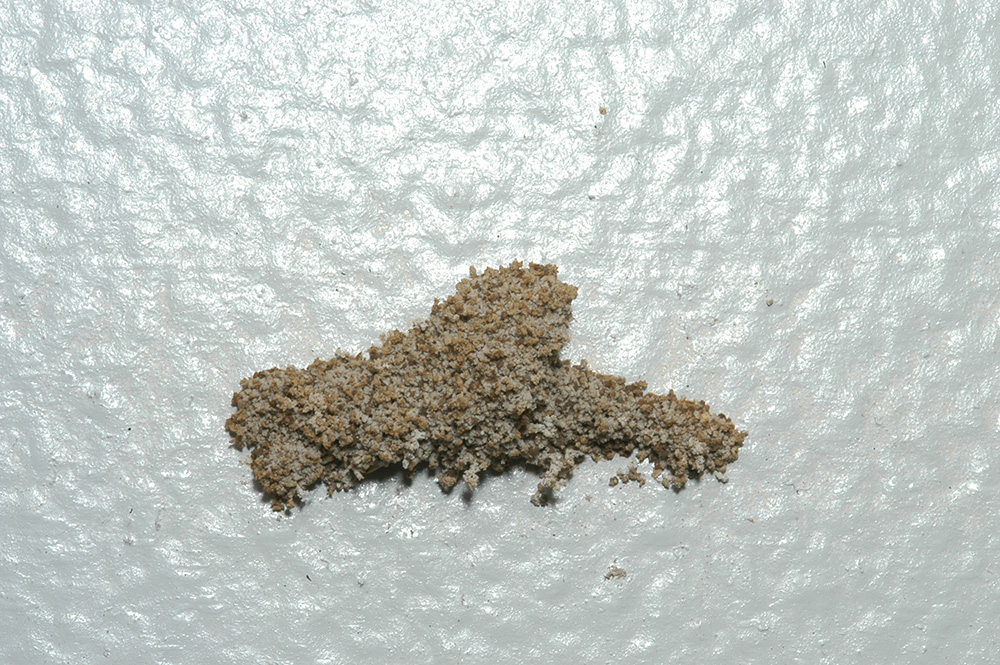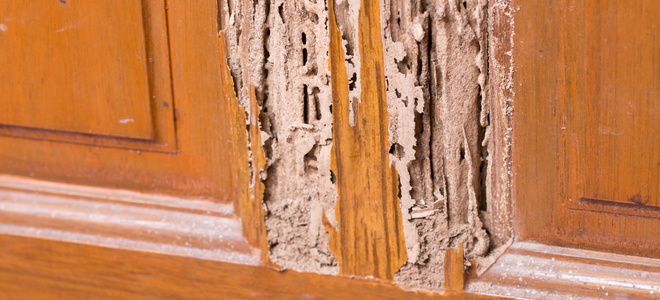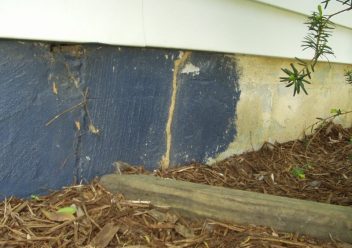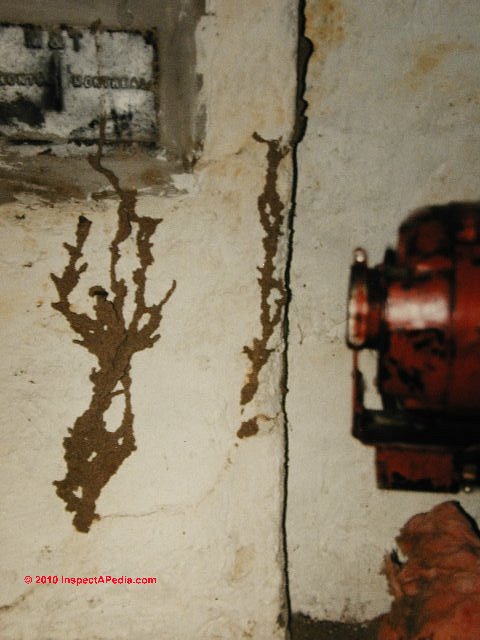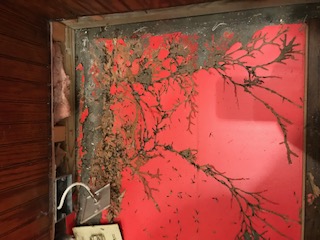Massive Termite Colony On Wall Under Paneling

Even subterranean termites can live and maintain a colony within walls without going back into the ground.
Massive termite colony on wall under paneling. It is a female termite whose major role in a colony is to lay eggs. Signs of wall damage caused by termites can include. The termite colony size can be different starting from only two insects a king and a queen to more than a million creatures. Termites have straight antennae very different from the elbowed antennae of carpenter ants.
A colony that s gotten inside the house may be revealed by swarms that exit through crevices or gaps in the house walls or paneling. Their colonies are small and they only nest in wet wood. Termites are very interesting insects. Unlike some other insects and animals they live in organized colonies.
You may be really surprised with their sociability. The queen is the largest termite in a colony with a length ranging from 60cm to 80 cm. Termite activity generally tends to be more in areas closer to the floor so you can start at the bottom. Signs of termite damage in walls.
Mud tubes paint blisters damage to wood paneling or wooden trim hollow sounding wood and pinholes in the wall. A queen can lay over a thousand eggs in one day. Because termites usually are hidden from view it s easiest to determine the type of infestation by examining the winged version of the insect. When a termite colony gets large enough winged reproductive termites will emerge to create a new colony.
Winged termites easy ways to tell the difference the queen. However it s important to note that even when the colony isn t in the house termites may still be getting into your home through the mud tunnels they build. Subterranean termites live inside the soil near and under a house and reach above ground level food sources through special mud tubes that workers build of saliva and their own feces. If there is a water leak or water sprinklers that keep an area wet within the walls and the wood never dries the colony can maintain and will expand within that structure.
To inspect interior wood paneling you might have to remove a board or panel. A fourth type the dampwood termite poses less of a threat. You may find live termites in the interior wood paneling. Walls can draw these dangerous vermin in case the walls are in direct contact with the soil.
Eliminate the source of the dampness and the colony dies. Some of the signs above indicate a subterranean termite infestation while others indicate a drywood termite infestation. This document discusses alternatives for termite protection including reducing the attractiveness of the structure to termites get wood away from the building fix leaks use of 16 grit sand diameter 0 06 0 1 in as a termite barrier 18 wide x 3 deep in crawl areas or stainless steel mesh for the same purpose under foundations and slabs. You remember from history lessons that there are some castes in india.
All states except alaska. I treated a house which had that very problem in 2003.

